Pros
Cons
Introduction
Front
{{section_header}}{{section.name}}{{/section_header}}
The front of the {{product.name}} is a big hunk of glass, which we're sure will weigh a ton when you're trying to set this thing on top of your entertainment center. Bring friends, or better yet, pay the retailer a few dollars extra to set it up for you. Plasmas are far heavier than similarly sized LCDs.
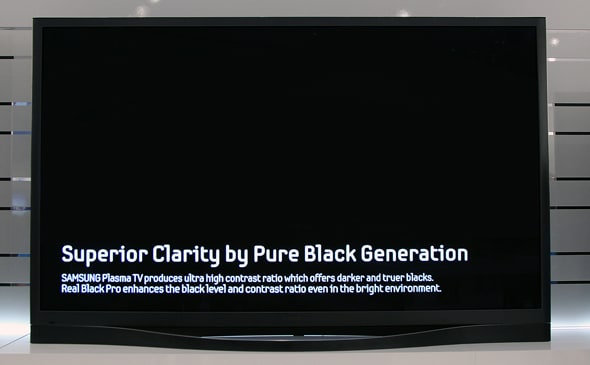
Back
{{section_header}}{{section.name}}{{/section_header}}
The back of the {{product.name}} houses all the ports, arranged in an L-shape.
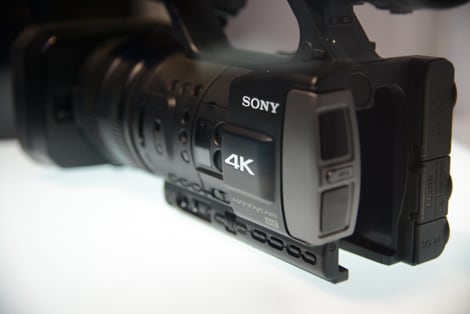
Sides
{{section_header}}{{section.name}}{{/section_header}}
Panasonic has managed to slim down the profile a little in their plasmas.
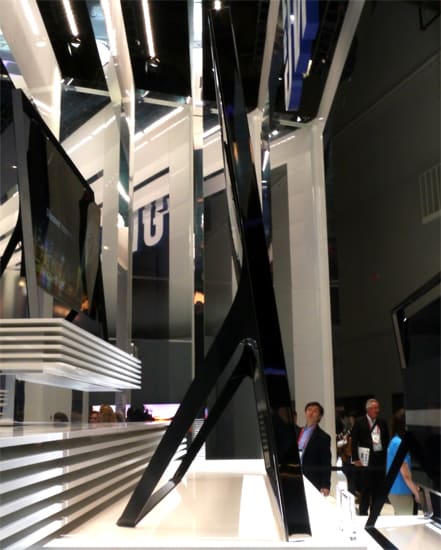
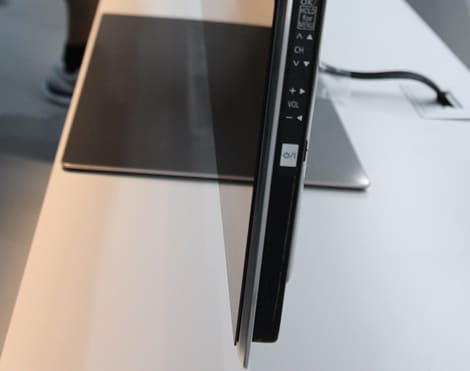
Stand/Mount
{{section_header}}{{section.name}}{{/section_header}}
The stand is a wide, flat base of polished black with a silvery trim. It looks pretty sturdy, as we're sure it must be. A plasma this bog is bound to be quite heavy.
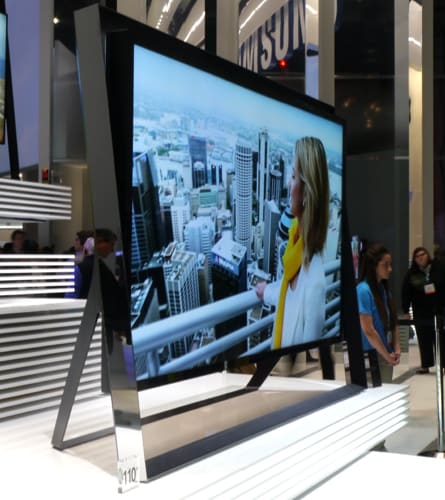
Aesthetics
{{section_header}}{{section.name}}{{/section_header}}
As far as looks go, it's a giant plasma Panasonic. What can we say? Panasonic is not known for its adventurous design. They've managed to slim it down a bit, but they're relying on the tried and true, high gloss black for most of the surface, with a silver trim.
Display Size & Technology
{{section_header}}{{section.name}}{{/section_header}}
The {{product.name}} is the flagship plasma, and as such it showcases all the new technology that Panasonic has to offer. It turns out that that's not much, just a handful of minor performance upgrades that may or may not improve video performance. Of course, they made a lot of claims, but we can't verify any of them until we get the TV in the lab. (You can bet we'll have it as soon as it starts shipping.)
The three big improvements they're touting are a brighter whites, deeper blacks, and a smother motion performance. All appear to be results of a panel redesign, including new, faster switching phosphor. If the cells can discharge electricity more quickly, that would eliminate problems like lingering light and color in the individual pixels.

Formats & Resolution
{{section_header}}{{section.name}}{{/section_header}}
The {{product.name}} is a 1080p TV, no changes there.
Brightness, Blacks and Contrast Ratio
{{section_header}}{{section.name}}{{/section_header}}
Brightness is a genuine problem that Panasonic needed to solve in its plasma TVs. Two years ago, the Panasonic VT20/25 series had a terribly dim screen, which was improved upon in last year's VT30 series, but still problematic. If they can manage to boost the brightness a bit more without adversely affecting the black level or the gamma curve, they'll definitely be on to something.
The new panels are supposed address both brightness and blackness concerns. However, there weren't issues with the black level on the previous plasmas. The VT20/25 series had a 0.03 cd/m2 and the VT30 had a 0.02 cd/m2 black level. That's a pretty great performance, but one must suppose there's always room for improvements.
In summary, plasma cells are naturally dark, but they light up when you zap them with electricity. It takes a moment for that charge to dissipate and return the pixel to black. Before that can happen, the next zap usually comes along telling it to light up again. As a result, the black pixels are typically never really black – they're nearly black, and human eyes are pretty good at spotting that difference. If Panasonic has figured out a way to get the cells to dump the charge faster, that would likely make for a darker black levels.
Color
{{section_header}}{{section.name}}{{/section_header}}
Nothing of note was mentioned here. A Panasonic representative made brief mention of the new panels allowing for more levels of gradation, but that probably won't have too much resonance in everyday viewing. If you spend most of your time watching anything other than the highest quality Blu-Ray discs, the MPEG compression in your input signals (cable, satellite, DVD, etc.) is so high that most of the gradation has been discarded.
Motion & Refresh Rate
{{section_header}}{{section.name}}{{/section_header}}
Panasonic is also touting an improvement in its motion performance, which is again related to the faster phosphor switching. If the cell can discharge faster, that pixel can can change to a new color with a different intensity level more quickly. They're also stating the panels are producing faster subfields at 1/2500th of a second, though the sheer number of subfields (600Hz) has not changed. We're not very clear whether this will have any noticeable improvement.
Viewing Angle
{{section_header}}{{section.name}}{{/section_header}}
Like most plasmas, we expect the {{product.name}} to have a wide viewing angle.
3D Glasses
{{section_header}}{{section.name}}{{/section_header}}
The {{product.name}} uses active shutter 3D glasses. Panasonic has just reached an agreement with Sony, Samsung, and another party, to create a joint technology that allow cross-compatibility and hopefully lower the costs of active shutter glasses, which currently run for $70-100.
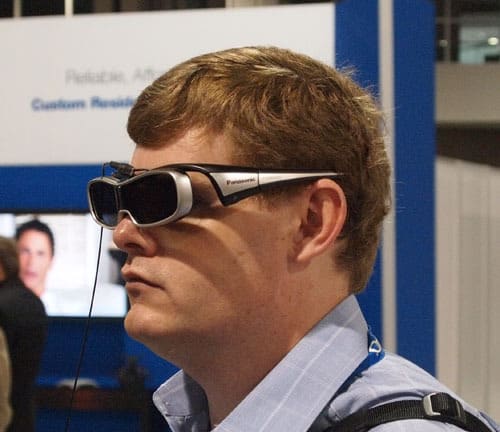
There's no getting around the fact that 3D glasses make you look ridiculous (and possibly feel ridiculous too).
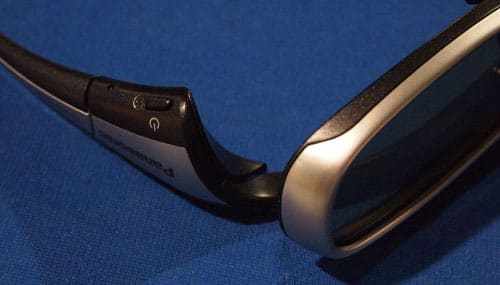
The power button makes the glasses usable for viewing 3D by turning on the active shutter feature.
3D Effect
{{section_header}}{{section.name}}{{/section_header}}
The new panel technology in the {{product.name}}, if it works as advertised will allow the pixels to switch color and light intensity faster, which in turn would reduce 3D crosstalk. That would be a huge boon to the overall 3D performance, as crosstalk is the single biggest problem in most 3D TVs.
Audio & Video Ports
{{section_header}}{{section.name}}{{/section_header}}
The ports on the {{product.name}} in this photo are not certain to be the same as those on the final production models, but they'll probably look similar Here, they're arranged in an L-shape. Because the TV's chassis is so slim, the ports stick out at odd angles. It can be hard to keep the cables hidden when they're in this shape because the cables are frequently thick and jut out from the side.
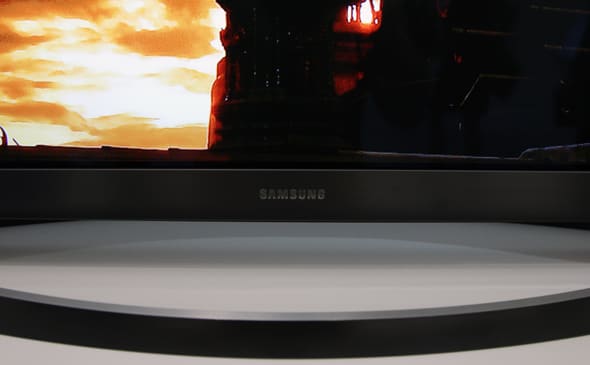
Ports on the {{product.name}} we saw at the show include four HDMIs, one shared component/composite AV input, VGA input, cable/antenna input, digital audio output, ethernet, three USBs, and an SD card slot.
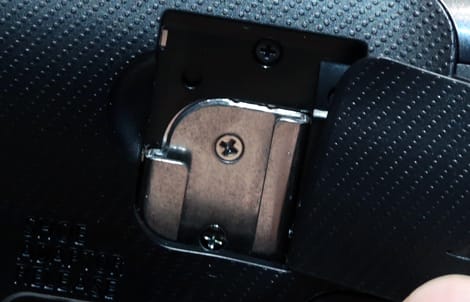
Internet & Other Media
{{section_header}}{{section.name}}{{/section_header}}
Panasonic is definitely trailing the pack in Smart TV platforms. For the last two years, most of the major manufacturers have been making their streaming content and internet features faster, more robust, and more dynamic. In that same time, Panasonic has gained virtually no ground, making only the most rudimentary upgrades to its platform, known as Viera Cast.
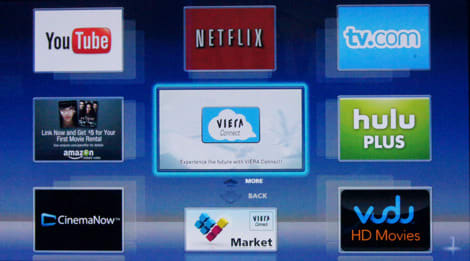
The biggest problem with Viera Cast, to date, has been the sheer amount of time it takes to navigate. In the photo above you can see how they arrange their apps, in a grid-view. It's far less efficient that what Samsung, LG, or even Sony is doing, because if you want an option that's not on the first page, it takes an interminably long time to load the second page. For 2012, the interface remains largely unchanged, though they added a cascading view, seen in the screenshot below.
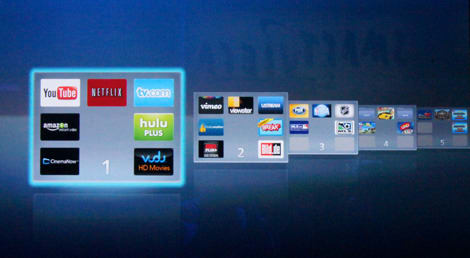
Our second complaint about Viera Cast has been the lag time. The previous year's TVs were too slow. Rather than tricking out their new 2012 TVs with a faster processor, Panasonic is going to transfer all that work to cloud processing. On the surface, that sounds great. You'll have hundreds of computers at your beck and call to do the processing. But in reality, that means that your processing speed is throttled by your internet connection speed.
Remote
{{section_header}}{{section.name}}{{/section_header}}
The {{product.name}} will come with two remote controls. We like to think of them as the "regular one" and the "gimmicky one." One look at the photos here is evidence enough as to which one is which. The Viera Touch Pad remote on the show floor was definitely tricky to use. You could use your thumb easily enough to slide around the touch pad area, but when you pushed down the to click, the cursor would frequently interpret this as another slide move and shoot the cursor away to click on some other item.
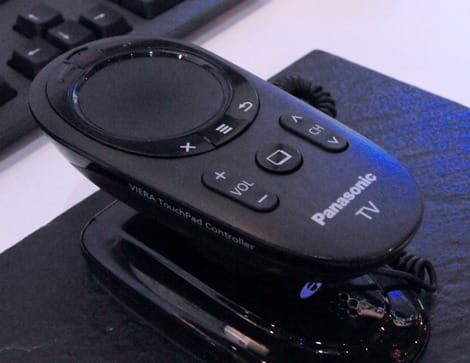
The regular remote is not guaranteed to be the one shown here, but expect it to be similar.

Controls
{{section_header}}{{section.name}}{{/section_header}}
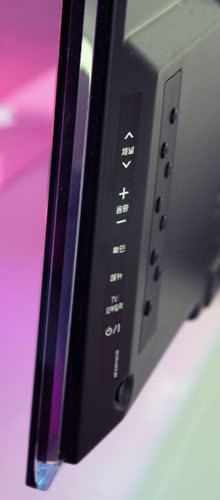
Menu
{{section_header}}{{section.name}}{{/section_header}}
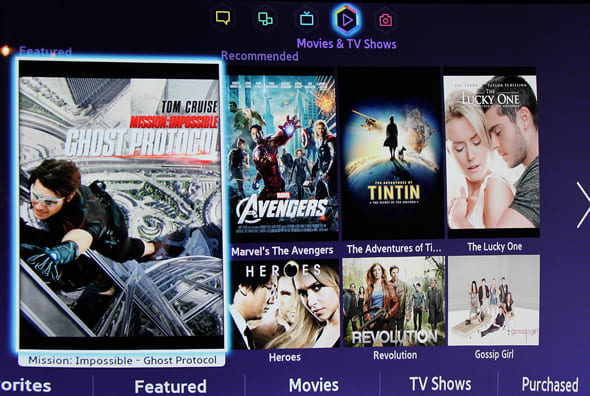
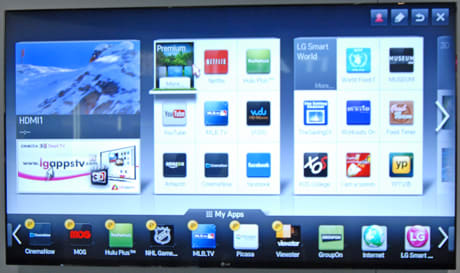
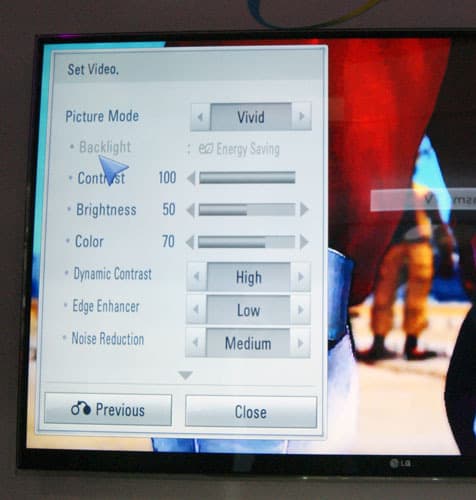
Conclusion
{{product.vanity}}
We are underwhelmed at the {{product.name}}, given what we've seen at CES. There are promises of a brighter screen, which it certainly needs. There are promises of smoother motion, which it doesn't really need. There are promises of better 3D performance, which is equivalent to promises of better fishing conditions in the Arctic; good for them, but what do we care?
Panasonic has clearly tried to refine the aesthetic appeal a little more, but with ultra-thin LEDs and OLEDs on their way, that's a mug's game. They should be focusing on price, performance, and a decent smart TV platform. Unfortunately, the Viera Cast platform looks as dull and underpowered as it has in years past, and we're not expecting a huge performance boost from the cloud processing, though we're willing to wait for a test unit before making a final judgement.
Panasonic makes great plasmas. There's no doubt about that. But it appears that plasma may be reaching the end of the road in terms of technological breakthroughs. From here on out, they'll likely be competing on price. No MSRP has been set for the {{product.name}} at this time. In the meantime, gorge yourself on reviews of the 2010 Panasonic VT20/25 series and 2011 VT30 series.
Series Comparision
{{product.manufacturer_specs['Series Name']}} Series
There are two sizes in the VT50 series, a 65-inch and a 55-inch model. There is no pricing information at this time.
Specs
{{manufacturer_specs_table}}
Meet the tester
David Kender oversees content at Reviewed as the Editor in Chief. He served as managing editor and editor in chief of Reviewed's ancestor, CamcorderInfo.com, helping to grow the company from a tiny staff to one of the most influential online review resources. In his time at Reviewed, David has helped to launch over 100 product categories and written too many articles to count.
Checking our work.
Our team is here to help you buy the best stuff and love what you own. Our writers, editors, and experts obsess over the products we cover to make sure you're confident and satisfied. Have a different opinion about something we recommend? Email us and we'll compare notes.
Shoot us an email